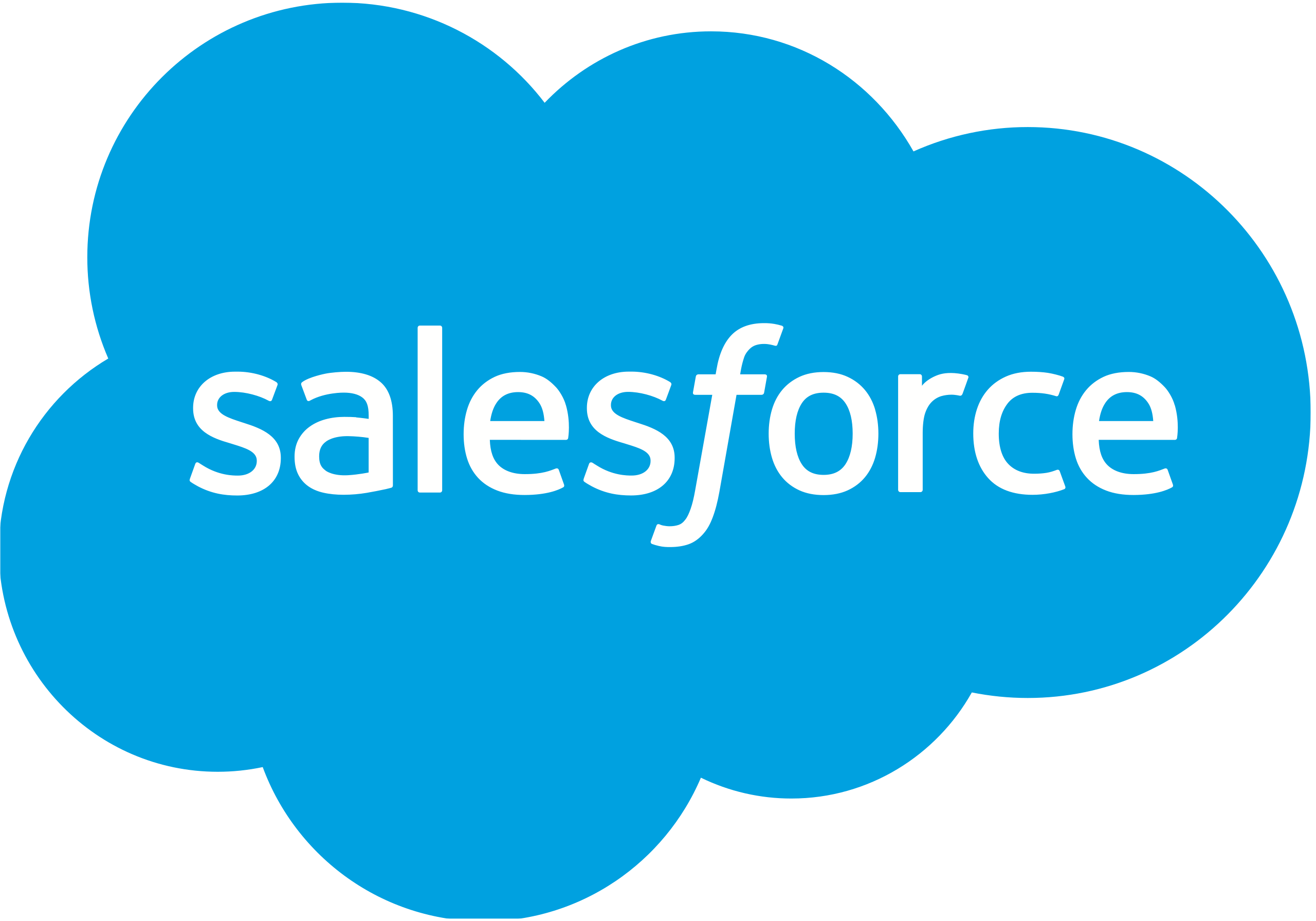Revenue Cycle: Optimizing Financial Flow

Published on: October 01, 2024
The revenue cycle is a comprehensive process that encompasses all financial aspects of a business transaction, from initial customer interaction to final payment collection. In the context of Sales, Marketing, and Revenue Operations, understanding and optimizing the revenue cycle is crucial for maximizing profitability and ensuring sustainable growth.
📊 Components of the Revenue Cycle
A typical revenue cycle consists of several interconnected stages:
- Lead Generation: Attracting potential customers through various marketing channels
- Lead Qualification: Assessing the likelihood of leads becoming paying customers
- Sales Process: Engaging with qualified leads to convert them into customers
- Order Fulfillment: Delivering products or services to customers
- Invoicing: Billing customers for the provided goods or services
- Payment Collection: Receiving and processing customer payments
- Reporting and Analysis: Evaluating the cycle's performance and identifying areas for improvement
🔄 Revenue Cycle Management (RCM)
Revenue Cycle Management (RCM) is the strategic approach to optimizing each stage of the revenue cycle. Effective RCM involves:
- Streamlining processes to reduce inefficiencies
- Implementing technology solutions to automate tasks
- Analyzing data to identify bottlenecks and opportunities
- Continuously improving strategies based on performance metrics
Benefits of Effective Revenue Cycle Management
| Benefit | Description |
|---|---|
| Increased Cash Flow | Faster payment collection and reduced outstanding balances |
| Improved Profitability | Optimized processes lead to cost reduction and revenue growth |
| Enhanced Customer Experience | Streamlined interactions and transparent billing practices |
| Better Decision Making | Data-driven insights for strategic planning |
📈 Revenue Cycle Analytics
Revenue Cycle Analytics involves the use of data analysis tools and techniques to gain insights into the performance of the revenue cycle. Key metrics may include:
- Days Sales Outstanding (DSO)
- Conversion rates at each stage of the cycle
- Average deal size
- Customer Acquisition Cost (CAC)
- Customer Lifetime Value (CLV)
By leveraging these analytics, businesses can identify trends, forecast future performance, and make data-driven decisions to optimize their revenue cycle. For more information, check out our article on revenue recognition.
🏥 Revenue Cycle in Healthcare
In the healthcare industry, the revenue cycle takes on additional complexity due to factors such as insurance claims, regulatory compliance, and patient care considerations. Healthcare Revenue Cycle Management focuses on:
- Patient registration and insurance verification
- Medical coding and charge capture
- Claims submission and follow-up
- Denial management
- Patient billing and collections
Effective healthcare RCM is critical for maintaining financial stability while providing quality patient care. Understanding revenue operations can also enhance the efficiency of these processes.
🚀 Implementing Revenue Cycle Optimization
To improve your organization's revenue cycle, consider the following steps:
- Conduct a thorough assessment of your current revenue cycle processes
- Identify key performance indicators (KPIs) to measure success
- Invest in technology solutions that support automation and data analysis
- Train staff on best practices and new technologies
- Regularly review and adjust strategies based on performance data
As you work to optimize your revenue cycle, ask yourself:
- How can we reduce the time between service delivery and payment collection?
- What bottlenecks exist in our current process, and how can we address them?
- Are we effectively using data to drive decision-making in our revenue cycle management?
- How can we improve the customer experience throughout the revenue cycle?
- What technologies can we implement to streamline our revenue cycle processes?
By continually asking these questions and seeking improvements, you can create a more efficient and effective revenue cycle that drives growth and profitability for your organization.
















